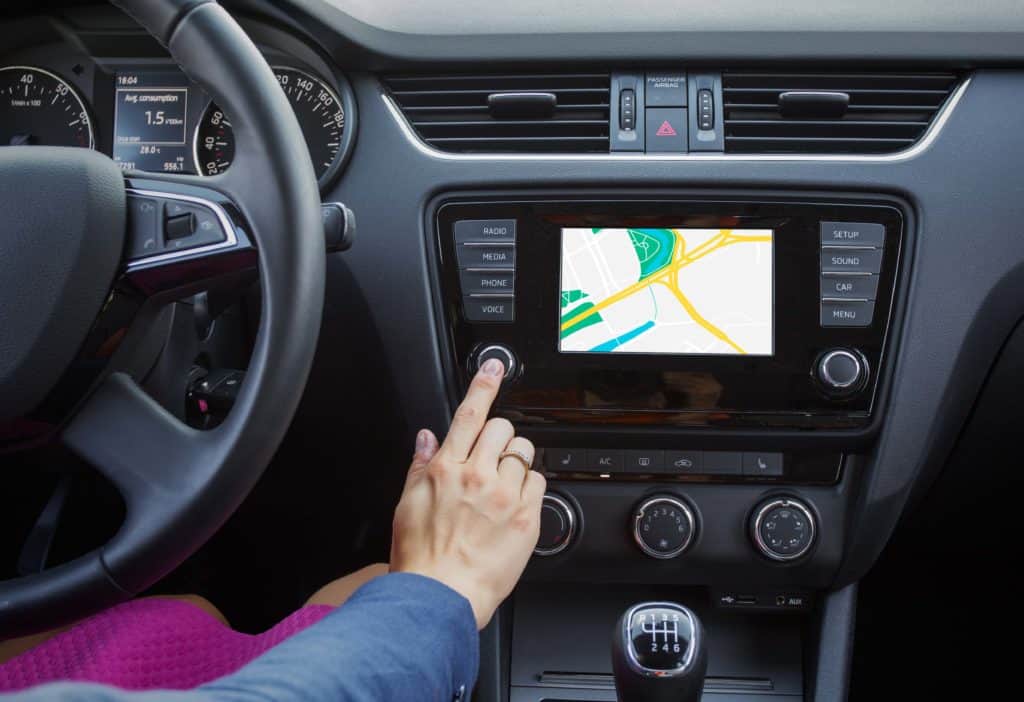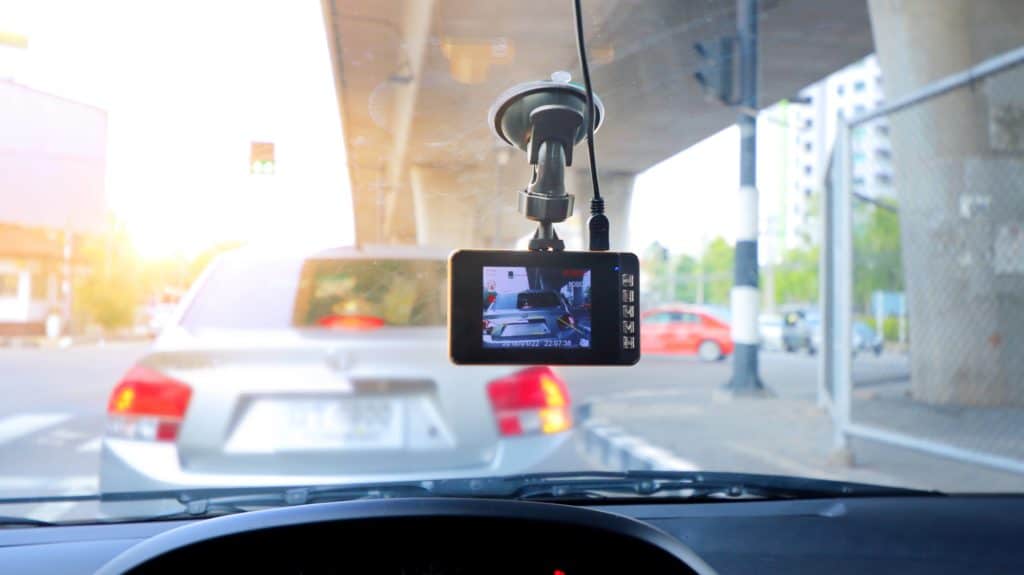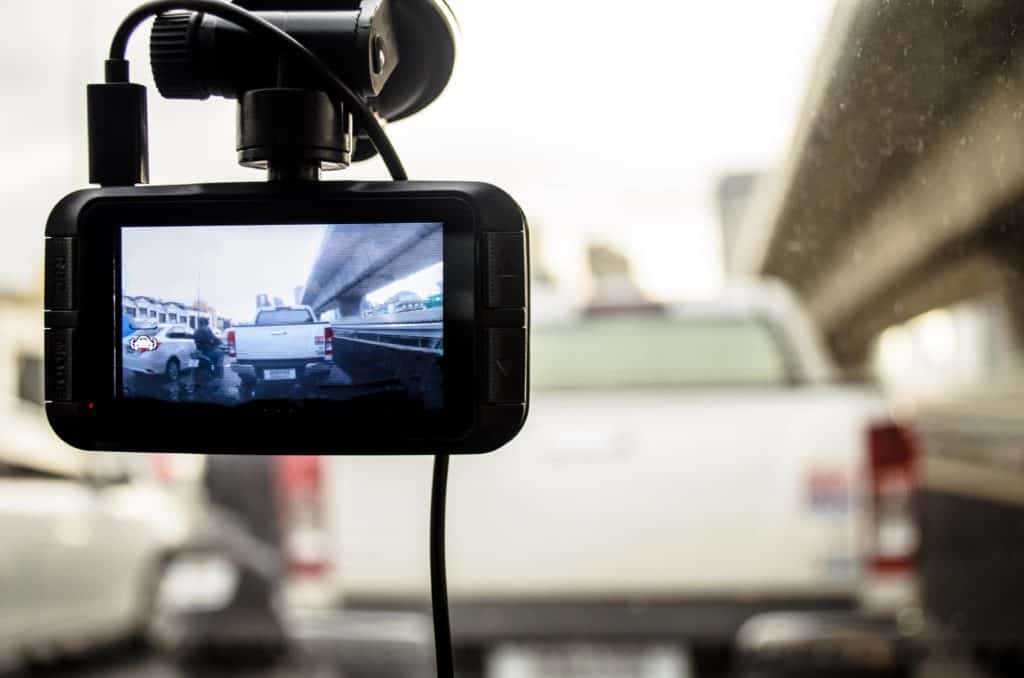Lack of insight into driver operation of fleet vehicles can be costly. Road safety is a major concern, but the more basic problem can be loss of productivity due to vehicles not being driven in the “right” way.
How beneficial can using video telematics be? According to a 2016 study conducted by Fleet Owner, using video telematics could reduce injury crashes by 35% and fatal crashes by as much as 20%.
This article will examine Video Telematics and how it can provide accurate Operating Data that can help you better manage your fleet, reduce costs, and ensure the safety of your drivers.
We’ll take a look at:
- Monitoring Driver Activity
- Evidence in an Accident
- Save on Insurance Premiums
- Prevent Insurance Fraud
- Data Accuracy
- Workers Compensation Insurance Claims are Lowered
- Full Integrated Black Boxes
What is Video Telematics?
Video telematics differs from video surveillance – which only captures what is happening outside of your vehicle – as it also captures what is happening inside. It consists of a global positioning system (GPS), an in-vehicle camera and a wireless communication link.
The GPS records location data and the in-vehicle camera records footage, which can then be downloaded from the cloud for easy access. The footage provides evidence on driver behavior, with the current GPS position provided for context.

The footage is recorded in high definition (HD) and has proven to be vital evidence in court, where many driving offenses can now be decided on the basis of video footage alone.
Why Video Telematics is Important
Video telematics is a valuable resource for fleet managers. If fleet managers have more insight into the daily operation of their vehicle fleets, it can help them make better decisions on how to improve operations and manage day-to-day staff as well as provide a platform for training purposes for new drivers.
Programs that take videos of driver’s activity can keep your fleet in line. You want to be aware of any driver behaviors that can be problematic to the safe and efficient completion of a route. By using a fleet dash cam, you’re able to monitor your drivers in real-time, ensuring they are operating the vehicles properly.
6 Benefits of Using Video Telematics in 2021
Monitor Driver Activity

Telematics has the power to detect and report unsafe driver behaviors in real-time. Instantly review footage once alerted via hard braking, speeding, and shock absorption. Additionally, some video technology can detect and alert you when a driver is talking on the phone or texting while driving. Here’s an overview of what driver activity video telematics can monitor:
- Hard Braking
- Speeding
- Wrong Lane Changes
- Pedestrian, Pedal Cyclist, and Horse-Drawn-Vehicle Interactions
- Injury Avoidance / Escape Maneuvers / Emergency Brake/Stopping
- Driver Behavior and use of vehicle
- Distracted Driving
- Monitoring driver activity also leads to:
- Increased productivity by allowing drivers to arrive at their destinations on time and with the right goods.
- Reduced fuel consumption due to better driving practices.
- Reduced vehicle idling time by alerting drivers when they are exceeding speed limits or approaching a red light. This can reduce harmful emissions and save money.
Evidence In An Accident

Video can also be useful to detect incidents and accidents. Most events occur without the driver realizing it, and with video footage you can diagnose what happened and avoid accidents from reoccurring.
By having video evidence, you can prove fault in an accident and seek the appropriate compensation. This video evidence can also help authorities investigate an accident. The footage can show if the use of seat belts, hard braking, speeding or shock absorption were involved in the crash.
Save on Insurance Premiums

Companies that utilize video telematics are able to save on insurance premiums because of the avoidance of accidents. Fleet managers can use the video to avoid claims on their policy because driver behavior is being monitored at all times.
Cost savings can also be achieved from driver feedback surveys, to find out where costs are being wasted and where budget may have been used inefficiently.
Plus, many insurance companies will offer discounts for organizations that use fleet dash cams to monitor drivers and determine if any driver behavior is causing collisions with other vehicles or pedestrians.
Avoid 3rd Party Insurance Fraud Claims
By incorporating video telematics into your fleet, you’re able to reduce the risk of insurance fraud because it provides indisputable evidence of accidents that occur while on the road.
Unfortunately, there are people out there looking to cause accidents on purpose in order to get a payday from insurance companies. If you have video though, this behavior will be monitored and recorded, so these people can be easily identified and charged with fraud.
With video surveillance, drivers are more likely to report incidents to make sure they get compensated properly.
Video cameras can also prevent fraudulent claims because the video footage recorded by the dash cam can determine if there were any driver or vehicle violations that led up to a car accident, such as speeding, hard braking, or reckless driving.
Better Data Accuracy
Data from dash cams is often more accurate compared to what police or the insurance company might capture. This is because dash cams record any accidents that happen at the exact moment they occur.

They don’t have to wait for an officer to arrive on scene or for an investigator to review hours of footage and ask questions.
On top of that, the feedback a fleet manager receives from using video technology provides better insight into driver behavior, which helps the fleet manager make better decisions about drivers.
Worker Compensation Insurance Claims are Lowered
Companies can lower worker compensation claims by having video and telematics systems in place to monitor drivers, identify unsafe driving behavior and take proactive measures to train unsafe drivers so driver safety is continually monitored.
Black Boxes are Fully Integrated into Fleet Management Systems
The key to success with video telematics is having total integration into fleet management systems. The technology should be able to talk to the fleet management software, so digital reports can accurately display the real-time data collected by dash cam videos.

This will give you more insight into driver behavior, which can help identify those who are driving unsafely and manage driver performance based on that behavior.
Drivers will have dash cam videos in their own cars, so they can record events as they happen, allowing them to mitigate situations before there is an accident or a dangerous situation for the drivers or their passengers. They’ll also be able to see if another driver starts acting aggressively behind the wheel and report that behavior immediately to the fleet manager.
Conclusion
Video telematics is a valuable resource for fleet managers who want to make better decisions and improve the safety of their employees. It is a great tool that can monitor driver behavior in real-time, identify dangerous drivers, and even create an evidence base in court.
Video technology will greatly benefit your company by saving on insurance premiums, reducing worker compensation claims, and preventing fraud.
